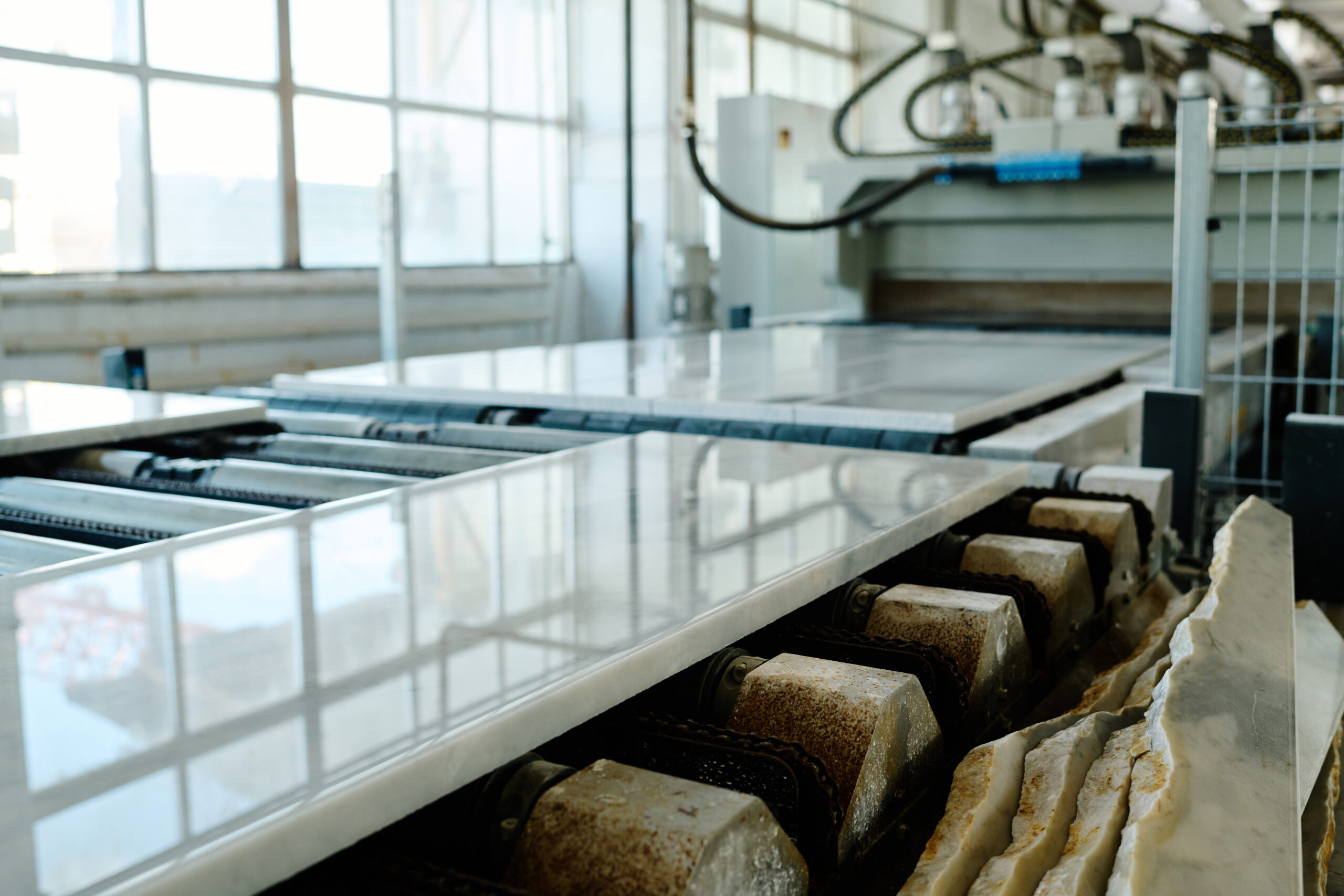Engineered stone has become the most popular countertop material in the U.S. due to its affordability, durability and aesthetic appeal. Unlike natural stones such as granite (10–45% silica) or marble (<5% silica), engineered stone often contains >90% quartz. While this high silica content has raised health exposure concerns, particularly during fabrication processes such as cutting, grinding or polishing, these operations can be performed safely when proper industrial hygiene protocols and engineering controls are in place, as recommended by the Occupational Safety and Health Administration (OSHA) and the National Institute for Occupational Safety and Health (NIOSH). Recent clusters of silicosis among small workshops that often employ vulnerable populations highlight the health implications if proper protocols and controls are not implemented.
Exposure Pathway Research and Associated Health Effects
Respirable crystalline silica (RCS) particles can penetrate deep into the lungs, and, at sufficient doses, lead to inflammatory responses, epithelial damage and, over time, the development of silicosis. Epidemiology studies have identified a dose-response relationship between cumulative RCS exposure and silicosis. Several epidemiology studies show that disease risk is minimal below silicosis threshold exposures.
Although higher silica containing materials release a higher concentration of RCS, in our review of the literature, there is no evidence that the RCS produced by engineered stone is inherently more potent than the RCS produced by natural stones.
A wide range of RCS concentrations are plausible in the engineered stone industry, and other industries, depending on the implementation of controls.
In 2024, an analysis of 28 peer-reviewed U.S. field studies evaluated respirable crystalline silica (RCS) exposures across various construction tasks involving concrete, brick, mortar, engineered stone and roof tile. The study found that RCS exposures varied widely based on task type, site conditions, tool use and implementation of engineering controls like wet methods and local exhaust ventilation (LEV). Interestingly, the authors noted that:
“… while engineered stone and quartz materials can contain the highest amounts of quartz (85–90%) relative to other construction materials, reported exposures from work with engineered stone were not notably greater than exposures reported for certain exposure scenarios involving other materials (e.g., grinding concrete with no controls).”
Rising Case Reports in Small Shops Highlight Importance of Protective Measures
Accelerated silicosis may result in situations with extraordinarily high exposures not representative of standard or compliant workplace practices. Recent increases in reported silicosis cases, particularly in California, Texas, Colorado and Washington have been attributed to occupational exposure during engineered stone fabrication. In California alone, from 2019–2022, 52 silicosis cases were reported primarily in small workshops. In more than half the cases, advanced silicosis was diagnosed only after significant delays and several patients required lung transplants or died in their 40s. These cases have emerged in smaller, often unregulated or under-regulated facilities—not across the broader industry where numerous employers have implemented substantial protective measures.
Although recent reports of silicosis in engineered stone workers are alarming, they primarily reflect the critical nature of implementing known protective measures rather than inherent dangers of the material itself.
How TRC Can Help
TRC’s practitioners experienced in Strategic Health Sciences have conducted more than 1,000 exposure assessments and risk characterizations across a wide array of occupational settings. Our work in silica-exposed environments has applied principles endorsed by the National Academies of Science, employing air dispersion modeling, dose reconstruction and health effect quantification to support litigation, regulatory compliance and industrial hygiene evaluations.
If you are navigating litigation, employer responsibility, regulatory questions, or health risk evaluations involving engineered stone or respirable crystalline silica, we can provide the scientific clarity necessary for informed decision-making.






